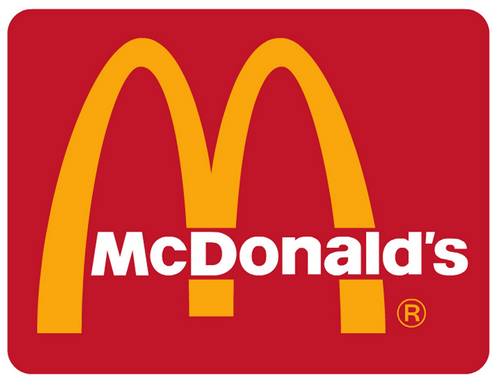Different colours have the ability to influence our mood, even if we don’t realise it at the time. At a basic level, it’s common for us to choose bright colours in our home to make us feel more cheerful or put a splash of colour in our wardrobes to shake up our image a little. For some time, brands have realised the importance of selecting the right colours for their marketing materials – and website colours can play a key part in this.
The impact of colour upon buying behaviours has been studied for some time. Basically, the colour spectrum is split into warm colours (reds, oranges and yellows) and cool colours (blues, purples and greens), with each half being associated with certain emotions. The warm colours can suggest warmth, cosiness and comfort but also anger or even aggression, while the cool colours can run from calmness and tranquillity through to indifference or sadness.
While the jury is still out in the field of psychology around the impact of colours on behaviour, companies often take a lot of time and trouble to align their website and other marketing colours with the emotions they think will encourage their customers to buy. For example, McDonalds uses more subdued colours on some of its website pages because it knows that parents want serious information on the nutritional content of their meals. If it adopted the usual yellow and red that we associate with the chain, the site would create too many stimuli and put people off.
In addition, retailers have been known to use yellow in window displays to grab attention, red for sales signs to encourage impulse buys and purple in beauty or skincare departments to help people relax. Having said that, colours have different connotations around the world. For example, green can encourage qualities such as natural and fresh but it’s associated with death in South America and luck in the Middle East. Those companies who use their websites to sell abroad not only have to pick the colours that are suited to their business principles but also don’t have a negative influence on overseas customers.
Do Website Colours Increase Online Sales?
Selecting company and website colours can have affect the likelihood of people buying from your business. Two Kissmetrics reports highlighted the following statistics on the influence of colour on web design and buying behaviour:
• 85% of consumers say that colour is one of the main reasons for buying a product
• The right colours increase brand recognition by 80%
• Red, orange, black and royal blue are used to influence impulse buyers while navy blue and teal are aimed at consumers on a limited budget
• 52% of visitors don’t return to a website because of the overall aesthetics
• 66% of shoppers won’t buy a large household appliance unless it is available in their preferred colour
• People who view advertisements recognise full colour ads 26% more often than black and white ads.
On top of this, some case studies have pointed to improved results when the colours of website calls to action have been changed. HubSpot reports that one company enjoyed a 23% increase in conversion rates after switching the colour of their call to action button from green to red. Another example, from Visual Website Optimizer, states that a clothing retailer saw sales rise 6.3% following the change from a green to a yellow call to action button.
The studies suggest, then, that colour should play a part in the factors behind any successful website, Mays Web Design can help with this. Of course, web designers need to encourage their clients to undertake appropriate research and test different colours before committing to particular shades on their websites. This all boils down to identifying the characteristics of a company’s customer database and deciding which colours would encourage them to stay on the site and buy. For example, research indicates that women tend to like purple, green and blue while men prefer blue, green and black.
How Much Influence Should Colour Have?
Like many other elements of web design, colour choice should be selected because of what it means to the client’s target audience. It’s amazing to think that many business owners still pick their own favourite colours for their websites rather than adopt the perspective of their customers. They assume that what they find appealing will apply equally to their website visitors when they have not actually conducted any market research on their customer preferences.
Good web designers won’t suggest to clients that their entire branding strategy should be changed on the basis of which website colours are more likely appeal to their target audience. However, they should certainly encourage business owners to consider the following factors when building or redesigning their websites:
• Knowing the primary emotions and qualities associated with each colour
• Which colours and shades are likely to attract or repel important customer demographics
• How colour can influence the success of links, images, special offer messages and promotions
• Which shades will improve readability levels on each web page.
In other words, businesses with established logos and branding don’t have to ‘throw the baby out with the bath water’. The clever use of colours within calls to action, email campaigns and social media messages can help small businesses to improve the results being generated by their websites.
Colour doesn’t just help a website to look good; it can be an essential part of its ability to market messages to potential customers. If a business gets the colour selection wrong, this can contribute to a higher bounce rate because the impression the website gives is a mismatch with the qualities that customers seek. However, the right colours will make the website visitor feel welcome and that the company understands their needs. Effective web design solutions have to incorporate a colour strategy if they want to maximise customer attraction and engagement.

